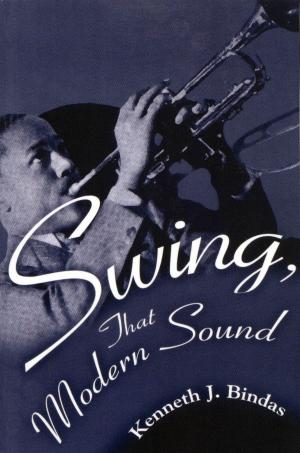Anatomy of Four Race Riots
Racial Conflict in Knoxville, Elaine (Arkansas), Tulsa, and Chicago, 1919-1921
Nonfiction, Social & Cultural Studies, Social Science, Discrimination & Race Relations, Cultural Studies, African-American Studies, History, Americas, United States, 20th Century| Author: | Lee E. Williams, Lee E. Williams II | ISBN: | 9781628467321 |
| Publisher: | University Press of Mississippi | Publication: | January 6, 2010 |
| Imprint: | University Press of Mississippi | Language: | English |
| Author: | Lee E. Williams, Lee E. Williams II |
| ISBN: | 9781628467321 |
| Publisher: | University Press of Mississippi |
| Publication: | January 6, 2010 |
| Imprint: | University Press of Mississippi |
| Language: | English |
Anatomy of Four Race Riots is a study of the terrible racial violence that erupted in four different communities of America during the post World War I years, racial violence that left hundreds dead or injured and a massive amount of destruction in its wake.
Although the igniting incident or event varied somewhat, there was a similarity in the racial climate that existed in each town. The emerging blacks, boosted economically and idealistically by the war effort, were viewed as a threat by some of the whites. The bloody confrontations described here were grave evidence of the intensity of the fear and hatred that existed between a portion of the races.
Anatomy of Four Race Riots is a study of the terrible racial violence that erupted in four different communities of America during the post World War I years, racial violence that left hundreds dead or injured and a massive amount of destruction in its wake.
Although the igniting incident or event varied somewhat, there was a similarity in the racial climate that existed in each town. The emerging blacks, boosted economically and idealistically by the war effort, were viewed as a threat by some of the whites. The bloody confrontations described here were grave evidence of the intensity of the fear and hatred that existed between a portion of the races.















